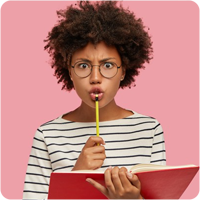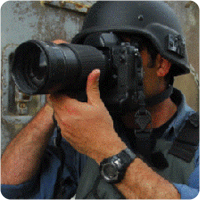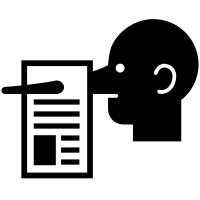Het arrangement Fake news as fact v456 is gemaakt met Wikiwijs van Kennisnet. Wikiwijs is hét onderwijsplatform waar je leermiddelen zoekt, maakt en deelt.
- Auteur
- Laatst gewijzigd
- 11-05-2025 22:53:55
- Licentie
-
Dit lesmateriaal is gepubliceerd onder de Creative Commons Naamsvermelding-GelijkDelen 4.0 Internationale licentie. Dit houdt in dat je onder de voorwaarde van naamsvermelding en publicatie onder dezelfde licentie vrij bent om:
- het werk te delen - te kopiëren, te verspreiden en door te geven via elk medium of bestandsformaat
- het werk te bewerken - te remixen, te veranderen en afgeleide werken te maken
- voor alle doeleinden, inclusief commerciële doeleinden.
Meer informatie over de CC Naamsvermelding-GelijkDelen 4.0 Internationale licentie.
Aanvullende informatie over dit lesmateriaal
Van dit lesmateriaal is de volgende aanvullende informatie beschikbaar:
- Toelichting
- Deze les valt onder de arrangeerbare leerlijn van de Stercollectie voor Engels voor vwo, leerjaar 4, 5 en 6. Dit is thema 'Media. Het onderwerp van deze les is: Fake news as fact. Deze les gaat over dat (jonge) mensen moeite hebben met echte nieuwsberichten onderscheiden van berichten die niet waar zijn en deze laatste soort berichten gebruiken als betrouwbare bron. Daarbij wordt gesproken over de gevaren dat het op kan leveren. Als laatst komt fotojournalistiek aan bod. De grammaticaopdracht gaat over mixed conditionals.
- Leerniveau
- VWO 6; VWO 4; VWO 5;
- Leerinhoud en doelen
- Engels;
- Eindgebruiker
- leerling/student
- Moeilijkheidsgraad
- gemiddeld
- Studiebelasting
- 4 uur 0 minuten
- Trefwoorden
- arrangeerbaar, betrouwbare bronnen, engels, fake news as fact, fotojournalistiek, mixed conditionals, spotting fake news, stercollectie, v456

 Continuing the topic of the news, let’s now turn our attention to the newspapers. Does anyone still read the newspapers? Do your parents or grandparents read a daily newspaper on printed paper? Or do they subscribe to a paper and read it on a tablet? Do you read newspapers? Let’s find out what we know about newspapers nowadays.
Continuing the topic of the news, let’s now turn our attention to the newspapers. Does anyone still read the newspapers? Do your parents or grandparents read a daily newspaper on printed paper? Or do they subscribe to a paper and read it on a tablet? Do you read newspapers? Let’s find out what we know about newspapers nowadays. 


 How many UK national newspapers can you name?
How many UK national newspapers can you name?
 You’re going to read an article. The headline has been jumbled.
You’re going to read an article. The headline has been jumbled. Read the article and find verbs that mean the following:
Read the article and find verbs that mean the following: Let's look at ... mixed conditionals.
Let's look at ... mixed conditionals. Look at the picture. What can you see? Who do you think the person is and what are they doing?
Look at the picture. What can you see? Who do you think the person is and what are they doing? You have been asked to provide a guide for younger pupils on spotting fake news.
You have been asked to provide a guide for younger pupils on spotting fake news.
 What have you learnt in this period?
What have you learnt in this period?